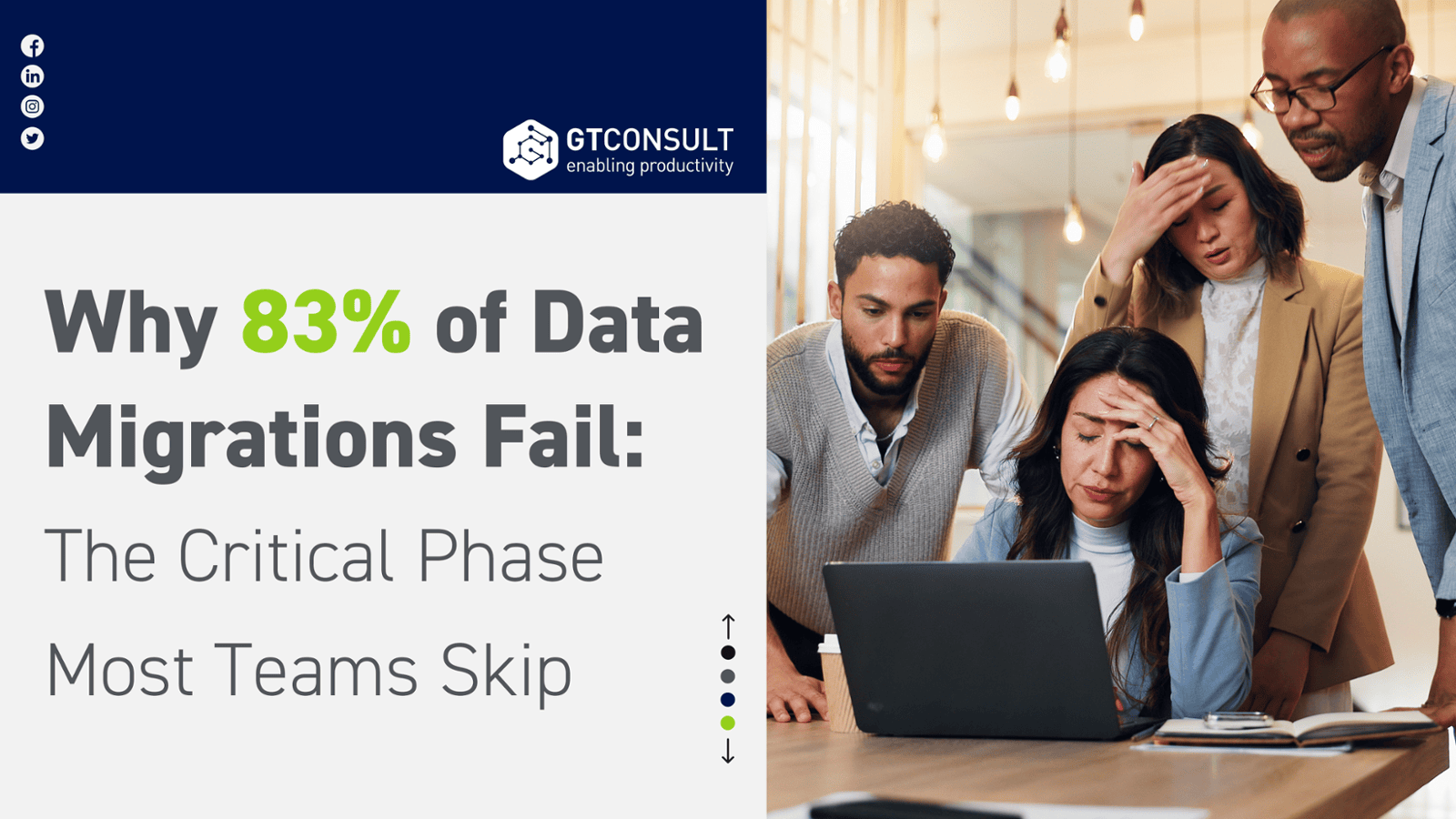Data migration projects have a troubling track record. According to Gartner research, 83% of data migration projects either fail outright or exceed their planned budgets and schedules. Understanding why can help organizations avoid becoming part of this statistic.

You know that feeling when you're about to pull the trigger on a major project?
Your palms get a little sweaty, knees weak, arms are heavy... just kidding...but the opportunity comes once in a lifetime.

Okay okay, we're done with the Eminem puns/jokes...for now...
But seriously—you've got this nagging voice in the back of your head asking, "What if this doesn't work?" And if we're being honest, you've probably already mentally calculated how much time and money you're about to sink into this thing.
If you're planning a SharePoint migration, that feeling? It's not just pre-project jitters. It's your instincts telling you something important.
Because here's the truth: most SharePoint migrations don't fail during the migration itself. They fail long before anyone moves a single file.
Let me show you why—and more importantly, how you can make sure yours doesn't become another statistic.

Why You're Right to Be Nervous
- A system nobody actually uses
- Data that's somehow more disorganized than before
- Teams that refuse to adopt the new platform
- Leadership wondering why they greenlit this in the first place
The Step Everyone Skips (And Pays For Later)
What Really Happens When You Skip the Assessment
Let me paint you a picture of how this plays out:

Seem familiar?
The painful part is that all of this was preventable. Not with better tools. Not with more budget. Not with a different vendor.
With a proper assessment phase.
What a Real Assessment Actually Does for You
Here's what changes when you start with a thorough assessment:
The Real Cost of Getting This Wrong
Let's talk numbers for a second.
The average SharePoint migration for a mid-sized company costs between $50,000 and $200,000. That includes tools, labor, consulting, and lost productivity.
But here's what companies don't calculate:
- The cost of doing it twice when the first attempt fails
- The productivity loss when employees can't find what they need
- The IT time spent constantly troubleshooting and firefighting
- The opportunity cost of NOT having an effective system
- The cultural damage when "leadership's big initiative" becomes a running joke
When you add all that up, a failed migration doesn't cost $50K or $200K. It costs multiples of that, plus it sets your organization back months or even years.
And most of this could be prevented by investing 10-15% of your total budget upfront in a proper assessment.

What You Need to Know About Your Environment
Before you move a single file, you need clear answers to these questions:
If you can't answer these questions clearly and specifically right now, you're not ready to migrate. And that's okay! You only get one shot at this (sorry, had to), so it's better to be prepared. It just means you need to do the assessment first.
Here's What You Should Do Next

If you're reading this and thinking, "We were about to pull the trigger on a migration without doing any of this," don't panic.
You just saved yourself from a very expensive mistake.
The good news is that doing a proper assessment isn't as complicated or time-consuming as you might think. You just need the right framework and someone who knows what to look for.
I've put together a comprehensive SharePoint Migration Assessment Checklist that walks you through everything you need to evaluate before starting your migration. It includes:
- The exact questions to ask about your current environment
- A data audit framework you can use immediately
- User interview templates to understand actual needs
- Risk identification worksheets
- Timeline and budget estimation tools
- A readiness scorecard to know if you're actually ready to proceed
This is the same assessment framework we use with clients who are investing six and seven figures in their SharePoint migrations. They use it because they can't afford to get it wrong. Neither can you.
